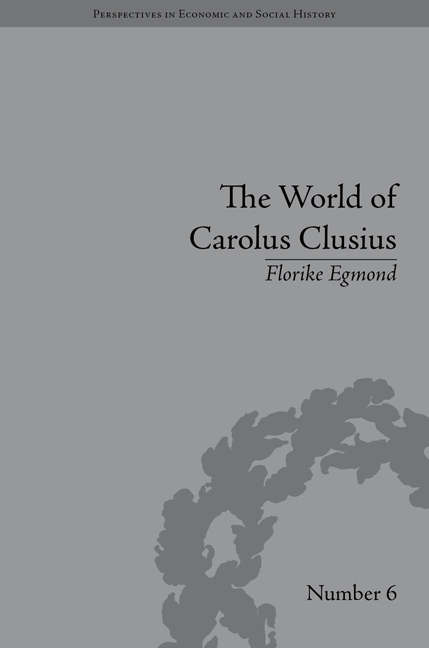Book contents
- Frontmatter
- CONTENTS
- Miscellaneous Frontmatter
- Preface
- Technical Note
- Abbreviations
- List of Figures
- Introduction
- I The Southern Netherlands
- II Habsburg Women
- 3 Women in the Garden: Noble Women and the Passion for Plants
- 4 Female Experts: Elegance and Rivalry
- III Italy
- IV France
- V Holland
- VI Beyond Place
- Conclusion
- Notes
- Works Cited
- Index
3 - Women in the Garden: Noble Women and the Passion for Plants
from II - Habsburg Women
- Frontmatter
- CONTENTS
- Miscellaneous Frontmatter
- Preface
- Technical Note
- Abbreviations
- List of Figures
- Introduction
- I The Southern Netherlands
- II Habsburg Women
- 3 Women in the Garden: Noble Women and the Passion for Plants
- 4 Female Experts: Elegance and Rivalry
- III Italy
- IV France
- V Holland
- VI Beyond Place
- Conclusion
- Notes
- Works Cited
- Index
Summary
Mice and Ginger
During the second half of the 1590s the noblewoman Yzabeau (also Elisabeth) van Arkel (1536–1617) had a garden at her castle Merkenborch not far from Utrecht in the Northern Netherlands. The climate was inclement and she worried about problems with the insubordinate local population. But a more immediate danger were the mice, which ran over her table even while she was eating and threatened to destroy the rare plants that Clusius had sent her: a crown imperial, some fritillaries, martagon lilies, bulbs and a cyclamen. She told Clusius that her garden was her only solace, and this was more than a polite topos. Clusius's gifts helped to make her garden special, but she herself also went to a lot of effort and expense in order to obtain rare plants. Not that many people in that part of the world can have had green ginger growing in their gardens, let alone one that was already developing several buds. She had planted it specially in a pot, and mixed in some extra sand to improve the soil. Yzabeau van Arkel had received the ginger plant from a person who had obtained it in Middelburg, the port in Zealand where ships from the Indies arrived, and he had promised her more rarities.
- Type
- Chapter
- Information
- The World of Carolus ClusiusNatural History in the Making, 1550–1610, pp. 45 - 58Publisher: Pickering & ChattoFirst published in: 2014



